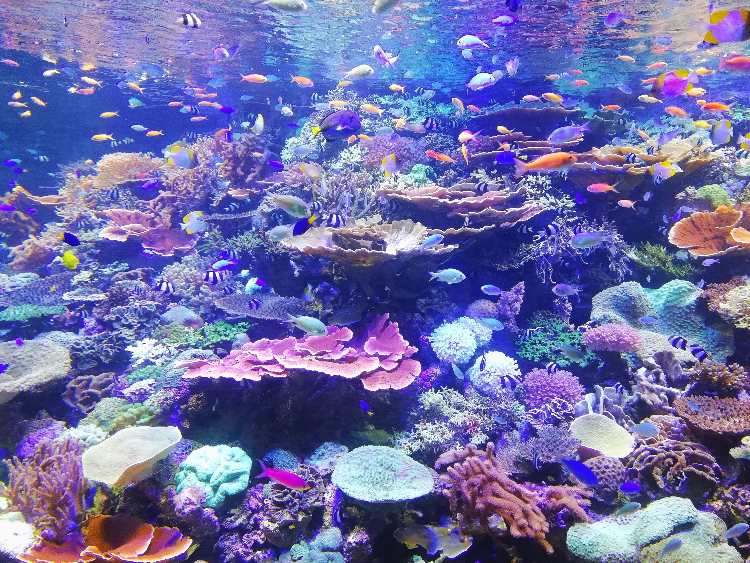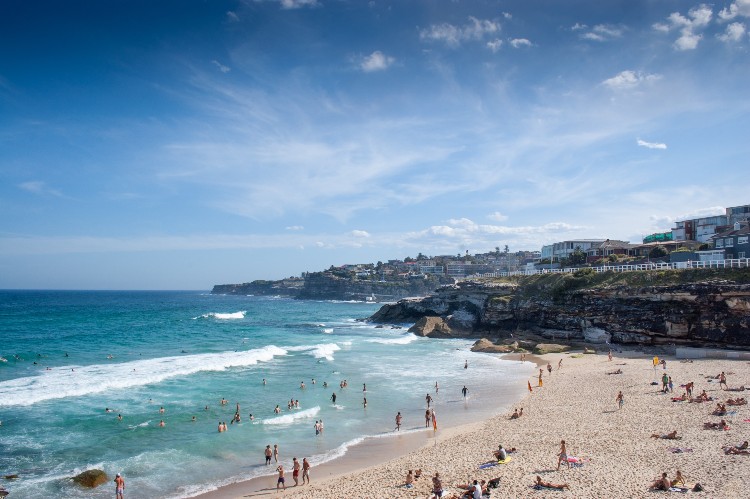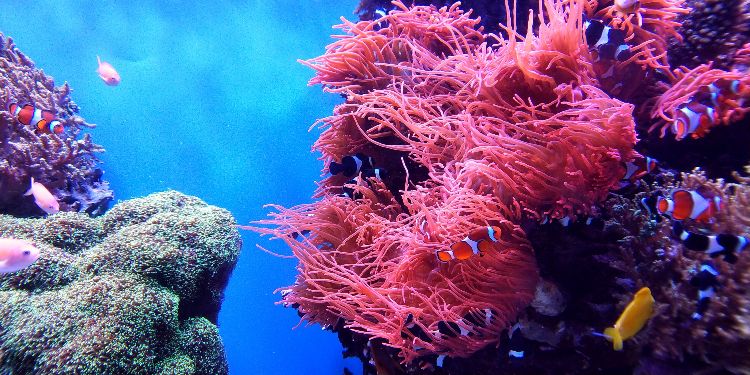Earth Day is the perfect time to reflect and make goals to show the Earth some love. If you want to focus on the oceans, consider wearing reef-safe sunscreen. It doesn’t require a huge change on your part, but it can drastically affect the environment!
Common sunscreen chemicals negatively affect the ocean

Ordinary sunscreen products perform well when protecting you from the sun’s UV rays. However, research shows that those same chemicals, oxybenzone and benzophenone, negatively impact ocean ecosystems.
When you go swimming in the ocean after applying sunblock, not all of the chemicals stay on your skin. They can wash off in the water, which amounts to a lot of chemicals in the ocean when thousands of people go swimming at the same beach.
These chemicals can stunt organism growth, harm immune and reproductive systems, and even cause death1. Some of the marine life impacted by this include:
- Coral
- Dolphins
- Fish
- Green algae
- Mussels
- Sea urchins
What makes sunscreen reef-safe

If you wear reef-safe sunscreen on your mermaid adventures, you can reduce the impact of oxybenzone and benzophenone on ocean ecosystems. However, not all products lacking these chemicals are safe for our finfriends.
The best sunscreen for the environment is mineral-based with non-nanotized zinc oxide or titanium dioxide2. This means that the particles are larger than 100 nanometers in diameter and are much less likely to become toxic in the ocean.
Most non-nanotized sunscreen brands effectively protect against either UVA rays or UVB rays, but none yet protect well against both. Thankfully, there are other ways to protect yourself from the sun’s harmful rays in addition to sunscreen.
Other ways to protect your skin and the environment

When you go to the beach, what you wear matters. A sun hat, sunglasses, sun shirt, and even your swimmable mermaid tail will protect your skin. With more of your skin covered up, you’ll need less sunscreen!
The time of day matters too. The sun’s rays are most harmful between the hours of 10 a.m. and 2 p.m., so cool off in the shade during this time. If you take an umbrella, you won’t even need to leave the beach!
Taking these steps to protect your skin will also protect the wildlife in the oceans from toxic chemicals.
Be eco-friendly by using reef-safe sunscreen
Earth Day is more than an annual holiday. Take the time to realize your footprint on the environment and implement changes to be better! You can take a step toward being eco-friendly by wearing reef-safe sunscreen.
What other goals are you setting to care for the environment? Let us know in the comments!
Looking for discounts on matching mermaid swimwear? Check this out!
1:https://oceanservice.noaa.gov/news/sunscreen-corals.html
2:https://www.consumerreports.org/sunscreens/the-truth-about-reef-safe-sunscreen/


